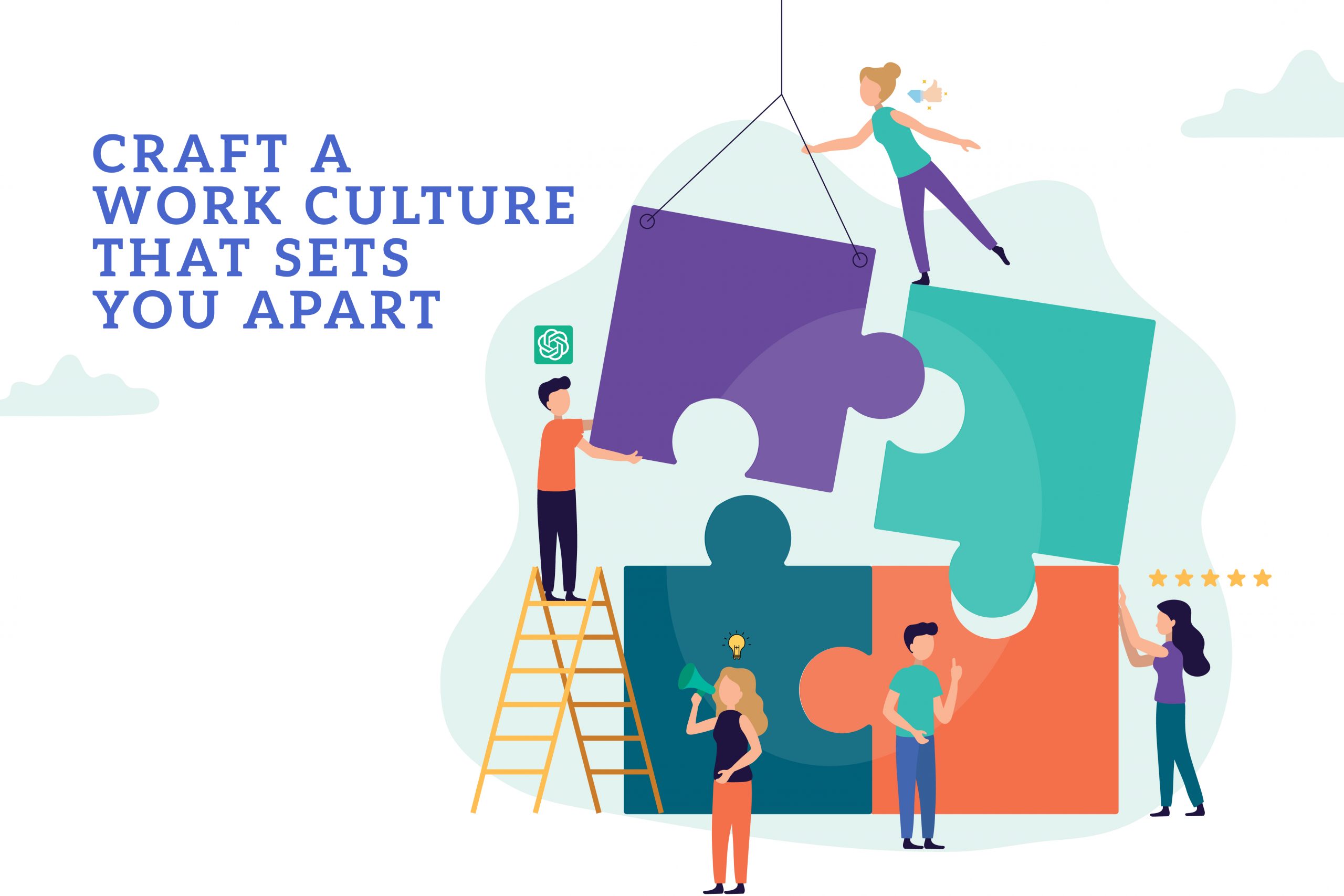Building a Strong Employer Brand in a Digital-First World
 February 10th, 2025
February 10th, 2025

In today’s hyper-connected world, a company’s employer brand isn’t just built within office walls – it’s shaped by digital interactions, online reviews, and social media conversations. Candidates research potential employers just as much as companies screen applicants. A strong digital employer brand can attract top talent, enhance employee retention, and boost overall business credibility.
So, how can organizations build a compelling employer brand in a digital-first world? Let’s explore.
1. The Shift to a Digital-First Employer Brand
Gone are the days when employer branding was limited to career fairs and word-of-mouth. Now, job seekers turn to platforms like LinkedIn, Glassdoor, and Twitter to gauge company culture. A survey by Glassdoor revealed that 86% of job seekers research company reviews and ratings before applying for a job . (https://www.glassdoor.com/blog/most-important-employer-branding-statistics/)
This means every social media post, employee testimonial, and review response contributes to the perception of your company.
Case Study: Netflix’s Authentic Employer Brand
Netflix has mastered the art of digital employer branding by being radically transparent. Their “Netflix Culture” document, first published on Slideshare, went viral because it openly shared company values, expectations, and perks. By making this information public, Netflix not only attracted employees who resonated with their culture but also set clear expectations for new hires.
Lesson: Transparency builds trust. Companies should proactively communicate their work culture through digital platforms.
2. Employee Advocacy: The Most Powerful Branding Tool
Your employees are your best brand ambassadors. A positive review from a current or former employee on Glassdoor carries more weight than a polished corporate video. Encouraging employees to share their experiences on LinkedIn, participate in company culture initiatives, and post about work-life at your organization strengthens authenticity.
Example: HubSpot’s #HumansOfHubSpot Campaign
HubSpot leverages its employees to showcase its work culture. The company encourages employees to share personal stories under the #HumansOfHubSpot hashtag, humanizing the brand and making it more relatable to job seekers.
Lesson: People trust people, not corporations. Employee-generated content makes an employer brand more authentic.
3. The Role of Digital Verification in Employer Branding
Trust is the foundation of a strong employer brand, and digital verification plays a crucial role in maintaining it. Whether it’s verifying employee credentials, ensuring transparency in hiring, or preventing workplace fraud, organizations that prioritize credibility stand out.
Case Study: How Digital Verification Helped a Tech Startup Build Credibility
A mid-sized tech startup faced issues with high employee turnover due to concerns about job security and company stability. To address this, they implemented a transparent verification process —ensuring that all hires were thoroughly vetted and that employees’ credentials were verified through digital means. Over time, this approach strengthened trust among employees and new hires, reducing attrition rates and improving employer ratings online.
Lesson: A verified and ethical workplace builds long-term credibility and trust.
4. Handling Negative Reviews and Online Reputation
Even the best companies receive negative reviews. What matters is how they handle them. Ignoring complaints or responding defensively can damage an employer brand, while a well-thought-out response can showcase accountability.
Example: Microsoft’s Response to Glassdoor Criticism on Diversity & Inclusion
A few years ago, Microsoft faced criticism on Glassdoor regarding its lack of diversity and inclusion (D&I) efforts. Instead of ignoring the feedback, Microsoft’s leadership publicly acknowledged the concerns and committed to improving transparency around diversity hiring.
What Microsoft Did:
- Released an annual Diversity & Inclusion Report with detailed data on representation.
- Increased investments in programs to support women and underrepresented groups.
- CEO Satya Nadella emphasized an internal shift toward inclusive leadership training.
This move not only helped improve Microsoft’s employer brand but also demonstrated a proactive approach to workplace concerns. Today, Microsoft is recognized as one of the leading tech companies in diversity efforts.plaints or responding defensively can damage an employer brand, while a well-thought-out response can showcase accountability.
Lesson: Addressing negative feedback with transparency and action can strengthen your employer brand and build trust.
5. The Future: What Next for Employer Branding?
As remote and hybrid work models continue to grow, employer branding will be even more digital-focused. Companies investing in:
✔ AI-driven recruitment experiences (personalized candidate interactions)
✔ Diversity, Equity, and Inclusion (DEI) transparency
✔ Enhanced digital verification processes
will have a competitive edge in attracting top talent.
Final Thoughts
A strong digital employer brand isn’t built overnight. It requires consistency, authenticity, and a proactive approach to transparency and trust. By leveraging digital platforms, empowering employees as brand advocates, and prioritizing verification for credibility, companies can create an employer brand that stands out in the digital age.
Is your company’s employer brand ready for the digital future?
